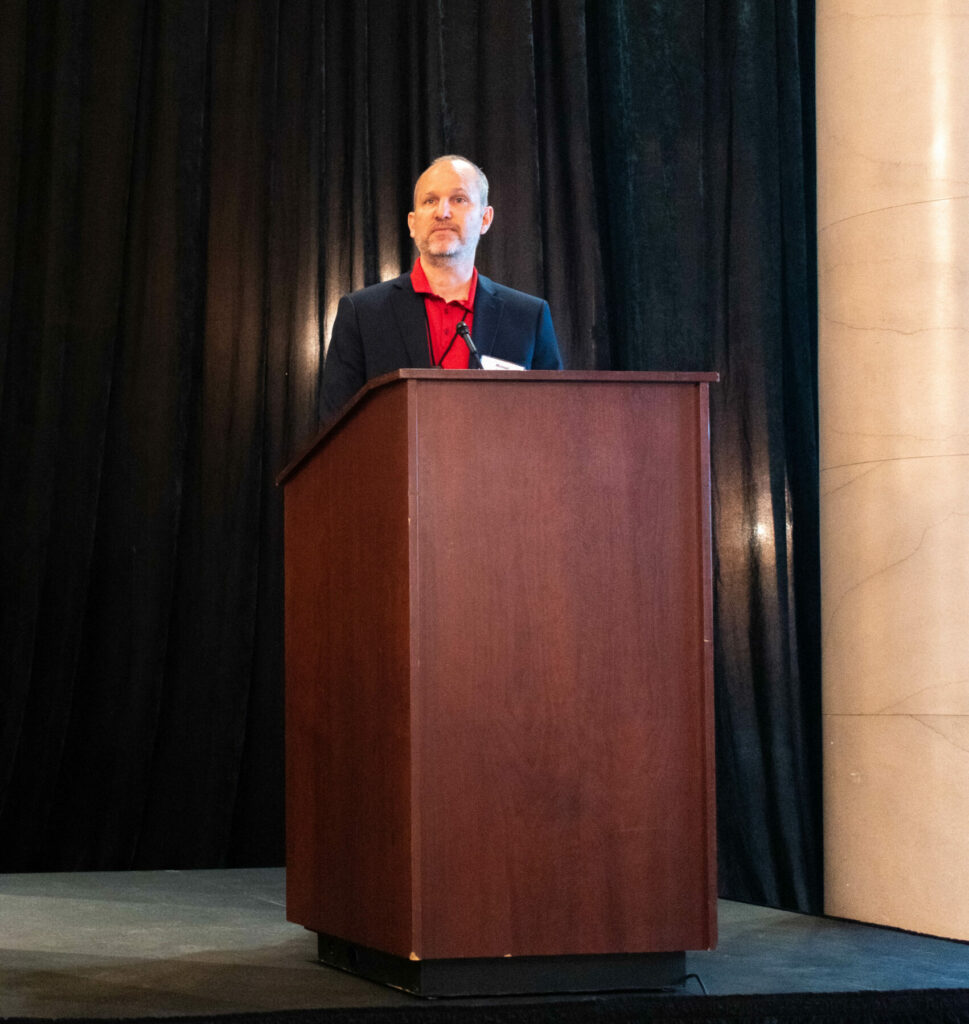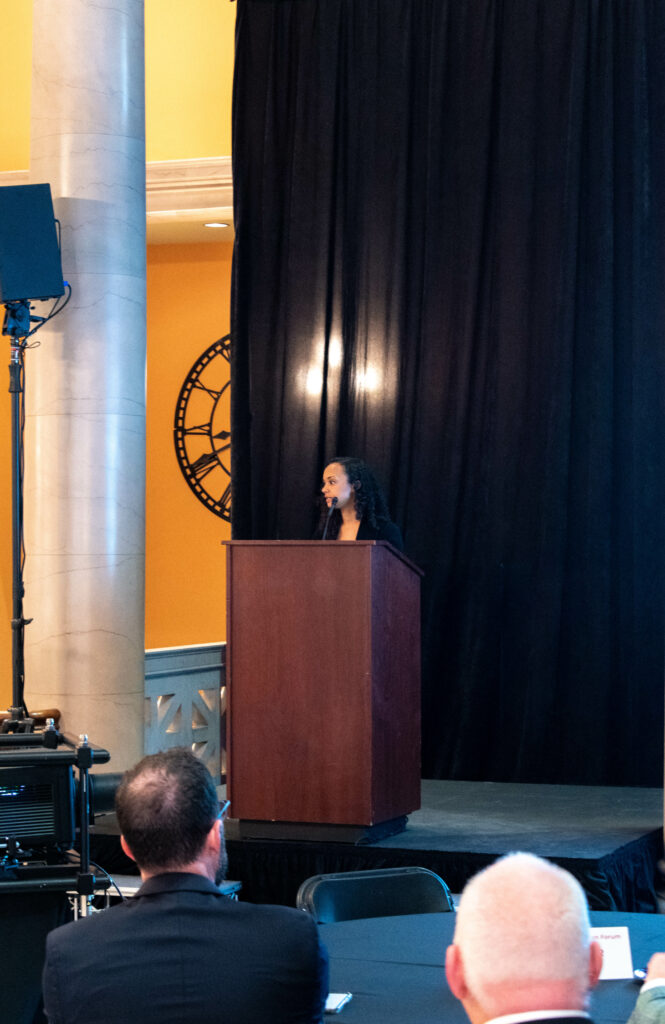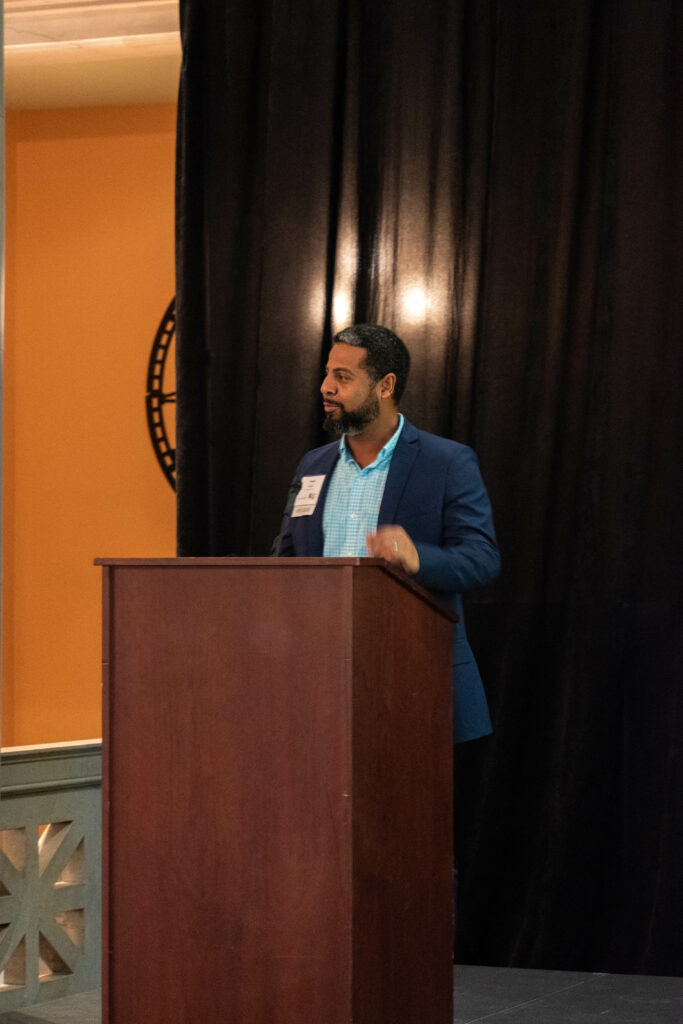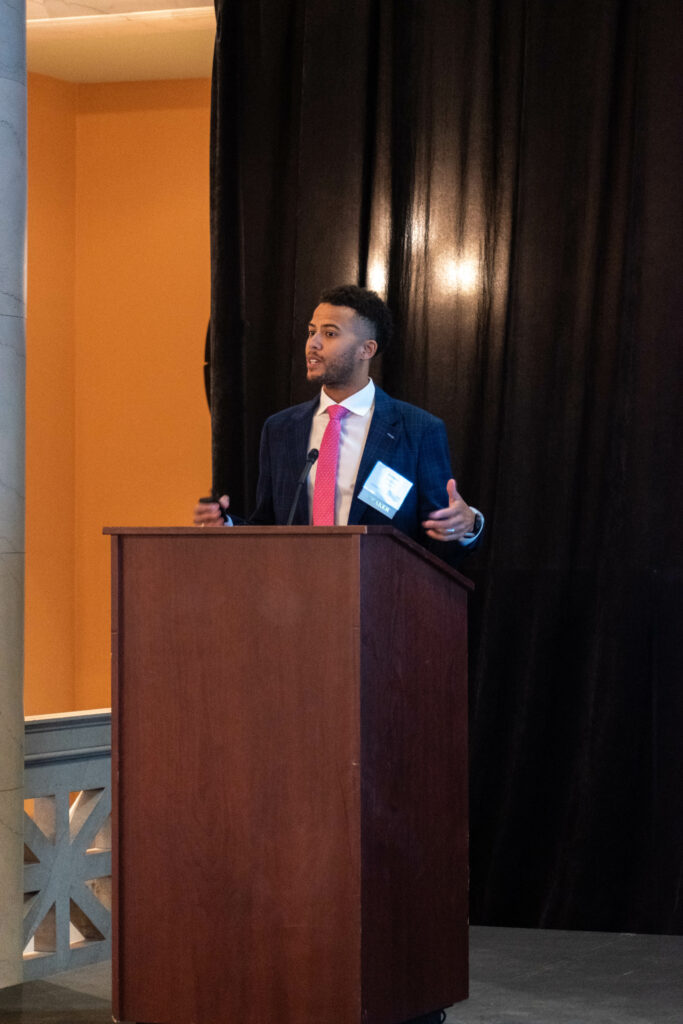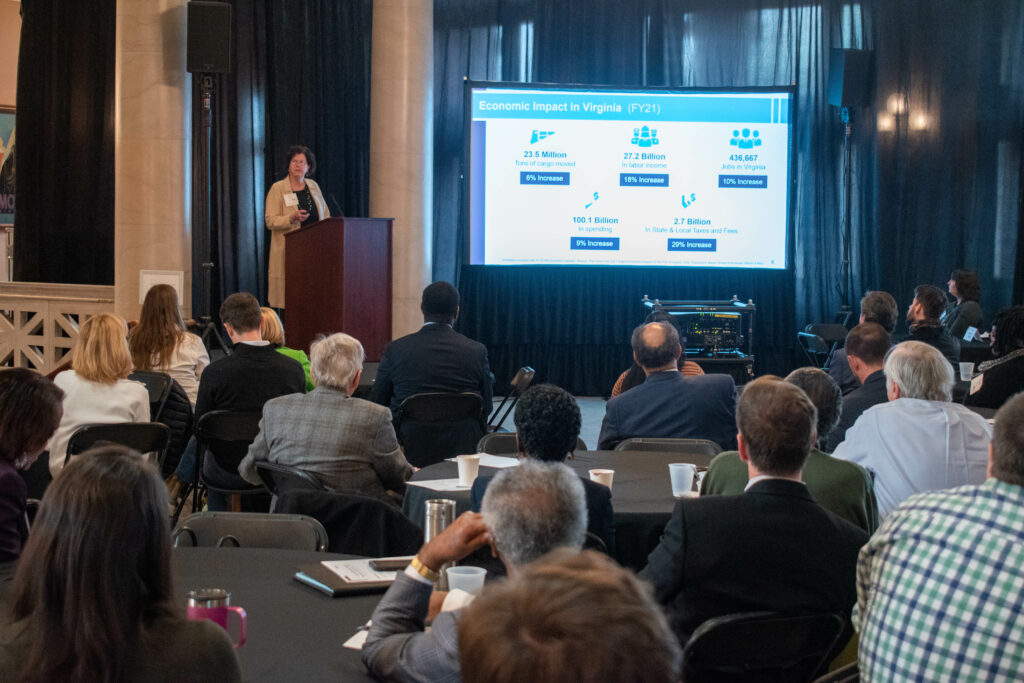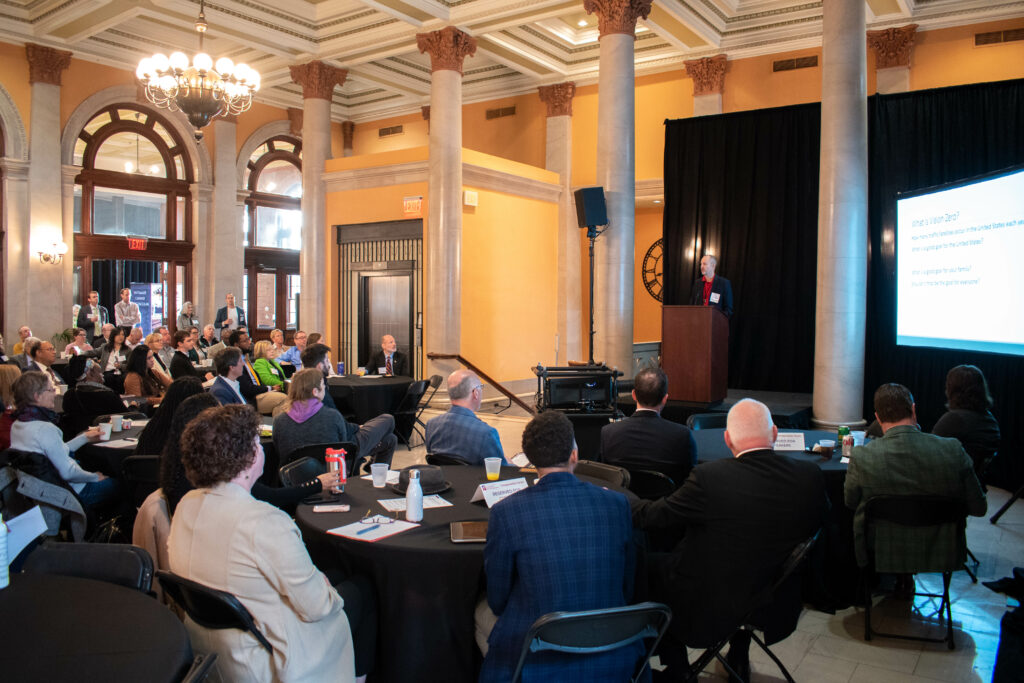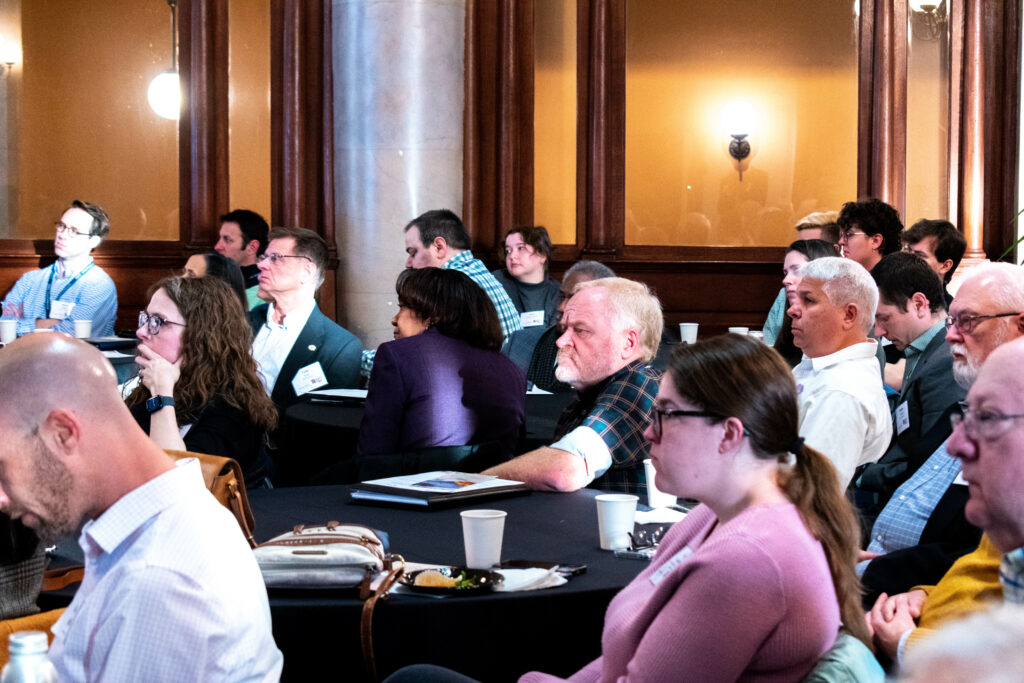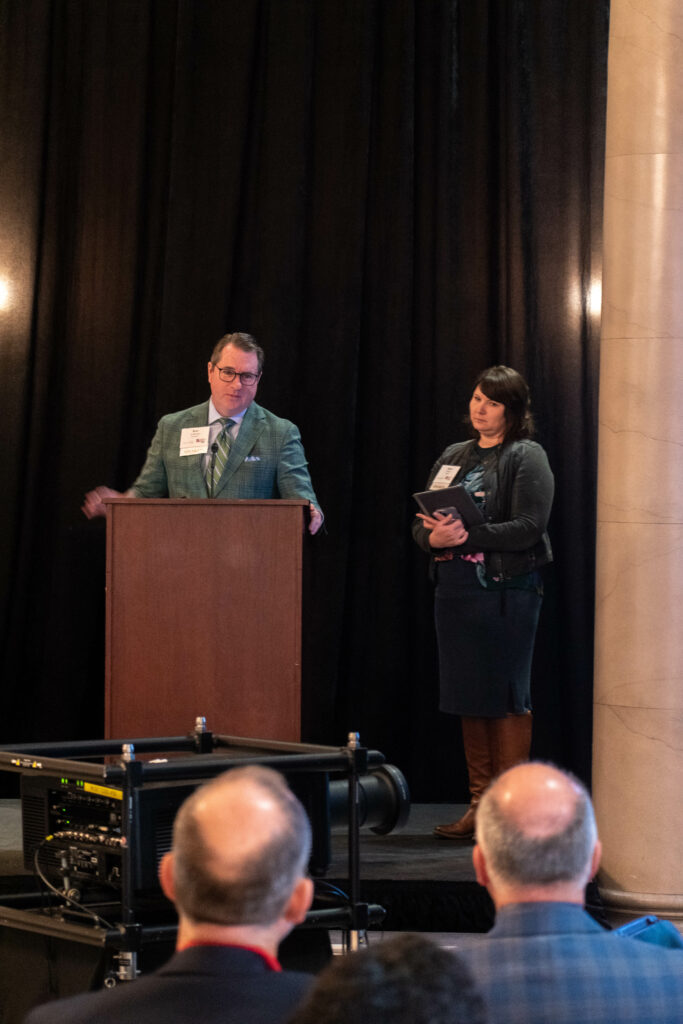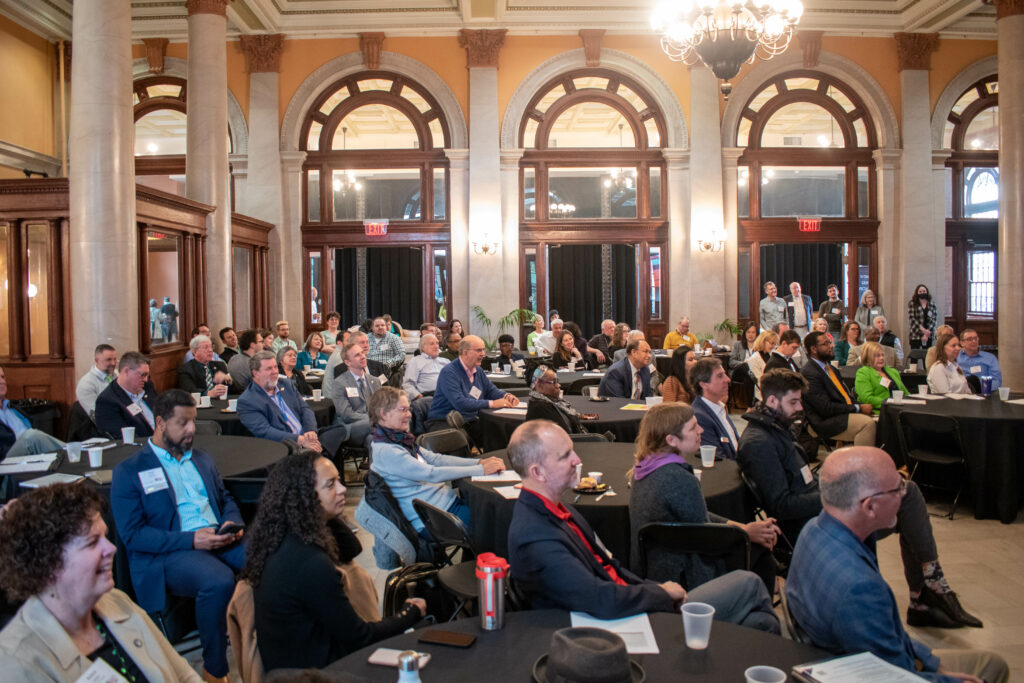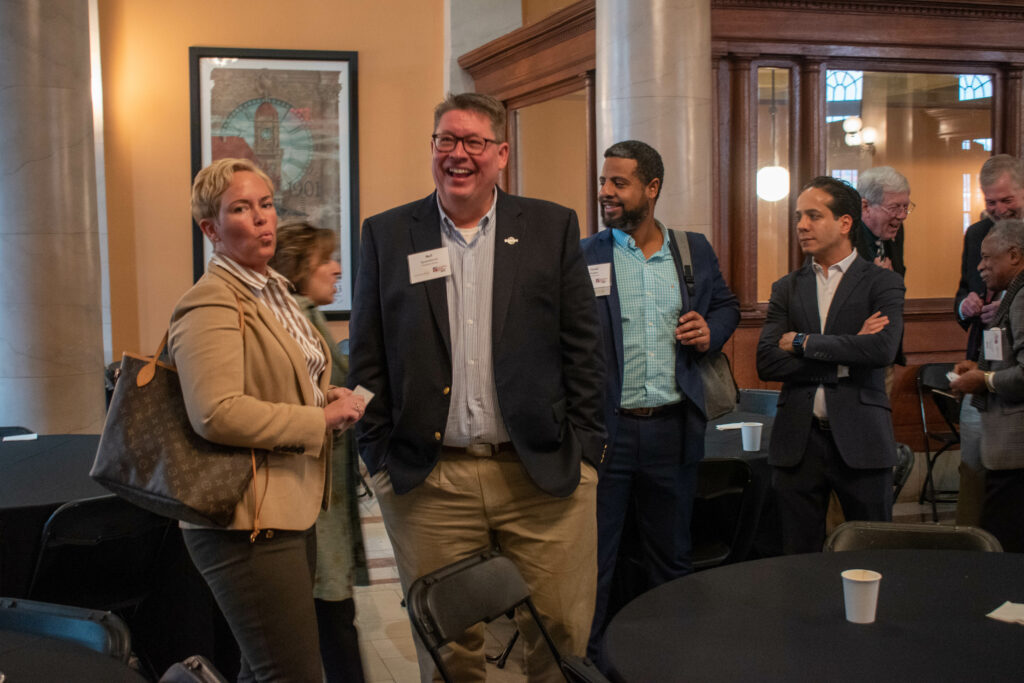2023 Transportation Projects and Goals in the RVA Region

A Recap of the 2023 RRTPO Transportation Forum
On March 17, PlanRVA and ChamberRVA hosted the annual Richmond Region Transportation Planning Organization (RRTPO) Transportation Forum. Experts from localities and organizations across the region shared goals and areas of focus over the next few years and highlighted important elements to consider as projects progress.
Below are a few key takeaways and initiatives happening across the Richmond region.
Making Projects Happen
From planning and finances to construction and logistics, there are many elements involved in bringing a concept to reality. Factors like cost, funding source and scale of project determine which projects will be brought to fruition and when. There are three stages of making transportation projects happen:
- The RRTPO, along with many planning partners, lead the development of transportation plans and programs. Research, public input and studies help to fuel these plans.
- There are many entities that provide funding opportunities for priority transportation investments across the region, including the CVTA for local and regional projects and Smart Scale at the state level.
- VDOT, localities and hundreds of other partners execute much of the heavy lifting from mobilization and traffic control to the physical construction and plans to open a completed project.
Support from the public, region and elected officials also is a strong driver in what moves projects along.
2023 Richmond Region Transportation Projects and Priorities
Vision Zero: Steps to Improve Public Health
Vision Zero is the Swedish approach to transportation safety thinking and can be summarized in one sentence: No injuries or loss of life are acceptable. City Transportation Engineer Michael B. Sawyer, PE, shared Virginia’s plan to move us toward zero roadway deaths.
The 2023 Fiscal Year Vision Zero Priorities discussed include implementing law enforcement best practices, messaging development to promote safe speeds and encouraging the passage of a .05 Blood Alcohol Content limit in Virginia, among many more. Other efforts to improve transportation safety that Sawyer highlighted include:
- The Safety & Healthy Streets Commission of the City of Richmond, which meets quarterly to monitor and discuss the safety of transportation in the region and recommend safety legislation and annual priorities.
- The Regional Transportation Safety Plan, which addresses highway safety issues specific to the Richmond region and local jurisdictions. The plan was adopted in 2022.
- Safe Streets and Roads for All Federal Grants were issued to Chesterfield County ($350K), the City of Richmond ($950K) and Henrico County ($400K) to move safety transportation projects along.
GRTC Planning for Expansion
Chief of Staff at GRTC Transit System Adrienne Torres shared a lot of exciting plans for bus route expansions and public transportation throughout the region. She also provided insight on the planning, funding, research and public input that helped to inform decision making on new and recently completed projects like The Pulse Bus Rapid Transit (BRT). Projects on the horizon include:
- Planning for a North-South Pulse BRT Corridor study, creating bus routes similar to The Pulse that begin in Chamberlayne – Richmond’s second highest residential population that utilizes GRTC public transportation.
- Planning for a Pulse BRT West Extension Corridor Analysis that will extend routes beyond Willow Lawn.
- Planning for the spring 2023 opening of a temporary downtown transfer station on 8th and Clay, which will feature 12 bus bays, shelters, benches, supervisor parking and operating restrooms. The transfer station is estimated to assist 6,000 bus patrons daily.
Other projects in the works include finding a permanent transfer location and planning for on-demand micro-transit routes in which patrons can request a rideshare pick-up and drop-off within parameters across the region.
The Future of Freight
The Port of Virginia is ranked 23 globally and a top performing port in North America. In Fiscal Year 2021, the Port moved 23.5 million tons of cargo, provided 27.2 billion in labor income and generated 2.7 billion in state and local taxes and feed – all a significant increase compared to its FY18 Port Economic Impact. The future of freight in Virginia is looking bright on its way to greener practices.
By 2024, the Port of Virginia operations will be powered by 100% clean energy and by 2049 will operate with net zero carbon emissions.
VP Development & Transportation Policy for The Virginia Port Barbara Nelson also shared insights on a series of projects in place at the Richmond Marine Terminal (RMT), including:
- A US Customs Portal project replaced portable customs equipment required to support gate activity with a permanent state-of-the-art solution.
- The Truck Gate and Drop Lot will upgrade the gate complex to the standards employed at VIG and NIT. This will improve capacity and reduce operating costs/maximize container transfers.
- Terminal Lighting upgrades will help to solve safety lighting issues during fall and winter months.
- Berth Strengthening upgrades will work two barges concurrently and expand throughput volume.
Get Involved, Stay Informed
Whether you start your morning commuting via a GRTC bus route, picking up groceries across town or enjoying a bike ride along one of the region’s many trails, your morning is dependent on transportation planning and projects, like some of those mentioned above.
As community members, it’s important to stay informed about projects that aim to provide safe, reliable and accessible modes of transportation. Get involved by participating in public comments and other opportunities in the region.
To learn more about transportation planning projects, visit https://planrva.org/transportation/.
Subscribe to The Better Together Connector
Sign up to receive The Better Together Connector, a quarterly e-newsletter designed to highlight the latest efforts, successes and a look ahead from PlanRVA, the Central Virginia Transportation Authority, the Richmond Transportation Planning Organization, and the Emergency Management Alliance of Central Virginia.


